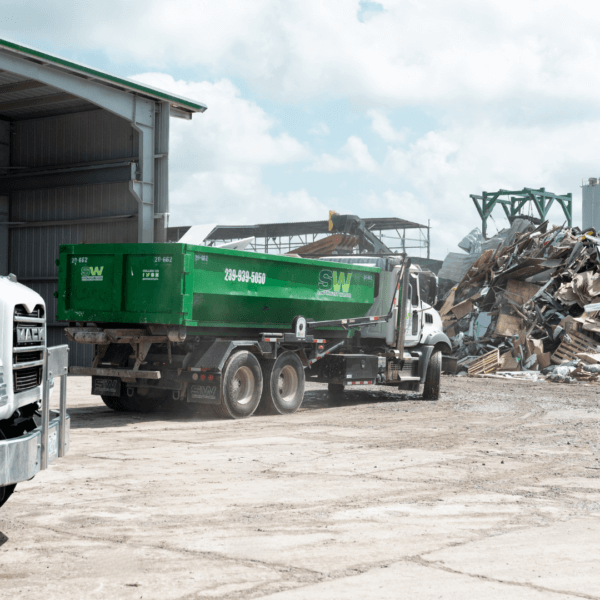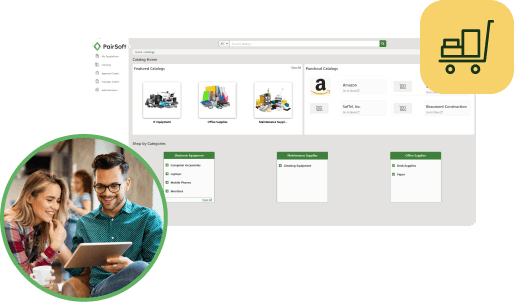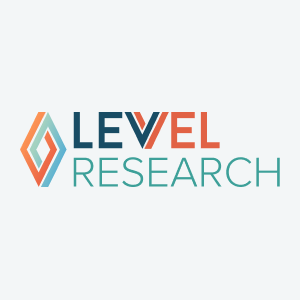Introduction
In the past several decades, the utilities industry has experienced major changes. Shifting demand for energy has caused fluctuation in companies’ profit margins, but not in their operational costs.
Energy consumers are changing their preferences—sometimes of their own volition, and sometimes after being offered incentives to switch to more sustainable energy sources. Amidst these and other changes, companies in the industry are trying to save money wherever possible to stay afloat.
Many utilities companies cut costs by automating their back office financial processes, such as procurement. Manual procurement processes tend to involve high volumes of paper, limited visibility into purchasing activities, slow purchase-to-payment cycles, and high overall processing costs.
Electronic procurement (eProcurement) streamlines the full Procure-to-Pay (P2P) lifecycle, helping companies maintain control over employee spend and reduce processing costs. Implementing an eProcurement tool in the back office helps reduce cost pressure on the entire organization and improves the bottom line.
However, utilities companies operate within a unique industry with distinctive requirements. Therefore, they need eProcurement software that can meet their specific needs. These needs include a high degree of transparency across spend data and purchasing activity, both for compliance with regulations and for managing project- and budget-based purchasing.
Fortunately, some eProcurement tools are specifically tailored to the needs of the utilities industry.
This report looks at current market trends in utilities procurement management, which includes organizations in energy sectors. This report also offers a high-level overview of eProcurement solutions’ features and services that are best suited for utilities companies.
Procurement in the utilities industry
To identify procurement trends among North American organizations, Levvel Research surveyed over 400 organizations across a variety of industries and market segments. Levvel Research’s research indicates that slightly more than one-half of North American organizations have procurement automation in place (see Figure 1).
Figure 1 also shows that procurement automation adoption has risen substantially since 2016; Levvel Research attributes this growth to a wider knowledge of these solutions’ value, and to an increase in options affordable for companies in lower revenue segments.
eProcurement Adoption Has Increased Since 2016
“Does your organization utilize an eProcurement solution?”
Despite the growth in eProcurement adoption, 47 percent of companies are still operating under manual procurement processes. While a lack of automation leads to problems for organizations in any industry, for utilities the high processing costs of manual procurement dip into these companies’ already shrinking resources.
Manual procurement also creates blind spots in purchasing activity, which has the potential to be more harmful for utilities companies because of their business structures. Survey results show that utilities organizations tend to have less centralized procurement processes than organizations in other US industries (see Figure 2).
Decentralized procurement sometimes leads to lower spend visibility and more inefficiency between purchasing and accounting, especially when a company does not have an eProcurement solution in place.
Utilities Procurement Is More Decentralized Than in Other Industries
“How would you best describe your procurement process structure?”
The combination of low automation and disjointed procurement processes limits a company’s visibility into spend data and purchasing activities across different teams and locations, which results in higher rates of purchasing-related issues and data discrepancies.
Levvel Research’s research confirms this problem—when asked about their hopes for procurement process improvement, organizations in the utilities industry were most focused on improving spend visibility and data accuracy (see Figure 3).
Utilities Organizations’ Top Improvement Goals Are Spend Visibility and Data Accuracy
“In what area would you like to see the greatest improvement in your procurement process?””
The fact that visibility and data accuracy are the greatest concerns for utilities companies is not surprising, considering the industry’s tendency to rely heavily upon budget- and project-based purchasing strategies. Keeping budgets and projects aligned requires high degrees of transparency, control, and communication among requesters, approvers, and suppliers.
Fortunately, Levvel Research’s research shows that eProcurement automation can bring about many of the procurement improvements utility companies seek, including control and visibility across the procurement process (see Figure 4).
Procurement Automation Brings More Control and Visibility to Utilities Companies
“Which of the following improvements have yo seen in your procurement process since implementing a solution? (Select top three)”
There are many other ways eProcurement can improve a utility company’s processes, such as by offering comprehensive purchase order management tools that incorporate internal budgets controls. The following section explores eProcurement software that is specifically tailored for utilities companies.
eProcurement for utilities
Leading eProcurement technology features include requisition creation and workflow tools, access to supplier product catalogs, purchase order creation tools, order lifecycle management, and integration with accounting and ERP systems.
Today’s eProcurement software offers extensive controls in many areas of P2P, including approval workflow. This control allows administrators to create detailed routing and approval structures to send documents quickly while maintaining the security of sensitive financial data. Organizations can also configure roles-based access to the system or restrict certain purchases by spend category.
In addition to providing control over spend, eProcurement solutions offer full visibility into all activity conducted on the platform. Audit trails are logged throughout requisition and purchasing lifecycles, and administrators and approvers can gain real-time insight into the status of approvals and orders at any time.
This eliminates the blind spots in the P2P lifecycle that often arise from manual processes, and aids in compliance during any future audits.
eProcurement solutions are also simple to adopt, with many offering extensive API capabilities for integrating with existing financial systems. As users create requisitions, they can leverage information that is already in the ERP, such as department, GL account, and vendor data. Organizations can also control which account codes can be used and set defaults, which reduces data errors from the beginning of the order lifecycle.
The following items detail more ways in which eProcurement features can improve utilities companies’ procurement operations.
Budget management support
Utilities companies have historically used budget- and project-based purchasing strategies to help them maintain control over their finances. However, these strategies have proven less useful under increasing internal pressure to operate within shrinking department budgets.
An eProcurement solution tailored to the utilities industry’s needs allows organizations to see a purchase’s potential impact on a budget before spend occurs. When budget limits are exceeded, the solution can display warnings or send the purchase request through special approval workflows.
Project management support
For utilities companies with a great deal of project-based purchasing, another necessary procurement functionality is the ability to set up purchase requests against projects. The software automatically links purchase requests to project-based activity in the project management system and other financial systems.
This automation enables requesters and purchasers to maintain compliance and have real-time visibility into their projects. A procurement solution should offer native project management functionality, a partnership with a third-party project management system, or integration capabilities to connect with the client’s existing project management system.
Sustainable procurement model
Shifting consumer expectations have done much to change the business environment in the utilities industry, both externally and internally. In some arenas, companies that have not experienced a great deal of competition within their local markets are now trying to retain customers who have new options for how and from where they obtain their utilities.
In order to stay afloat in this competitive environment, organizations must do more than change how they source and provide their services—they must adopt a more earth-friendly and sustainable model in all areas of their business.
eProcurement software does more than reduce costs—it reduces a company’s carbon footprint by lowering paper consumption. It also shows a utility company’s customers that they are ready to take the steps needed to meet these customers’ expectations around green purchasing.
Strategic utilities
Managing procurement with manual processes often requires far more time, not only for performing basic procurement functions but also for resolving the issues that arise from poor visibility and limited control over spend.
In the industry’s changing landscape, utilities organizations must be innovative and competitive to stay afloat, and dealing with issues that arise from inefficient procurement should not be an impediment to accomplishing their initiatives and goals.
By eliminating manual processes and automating procurement, companies can reallocate labor and resources from low-value tasks to more strategic initiatives. For some companies, the ability to shift focus from tactical to strategic procurement can go a long way in strengthening the future of their business.







